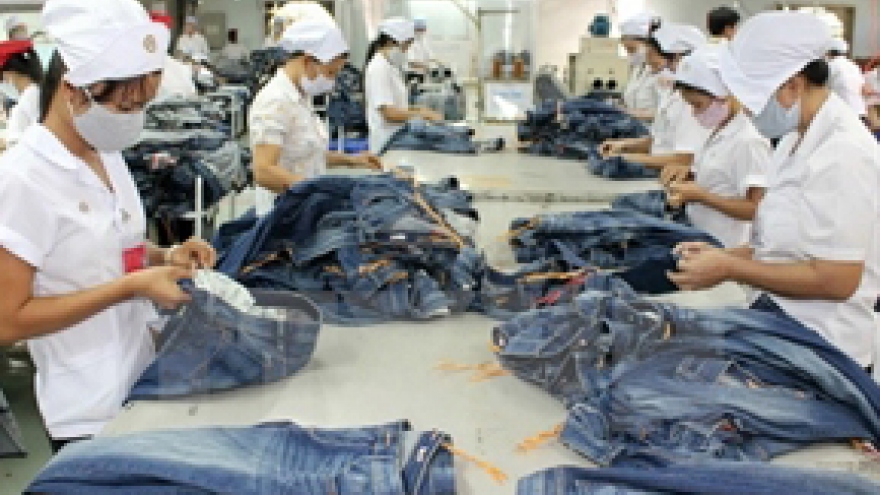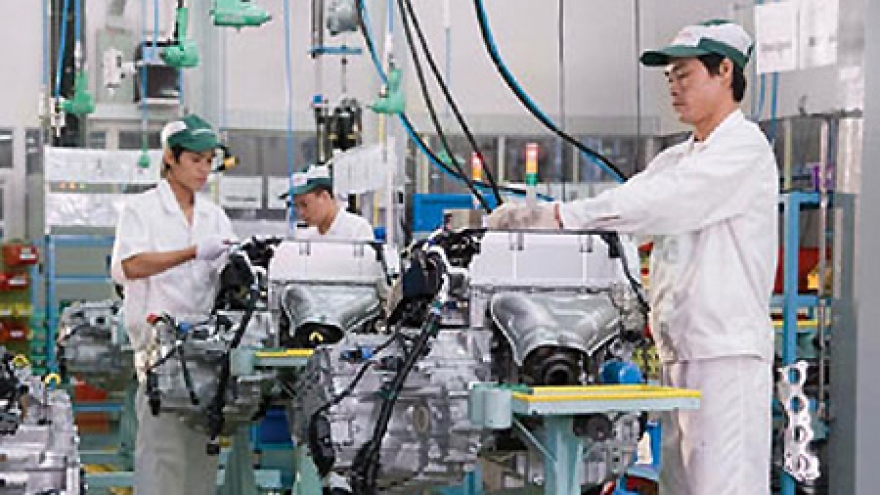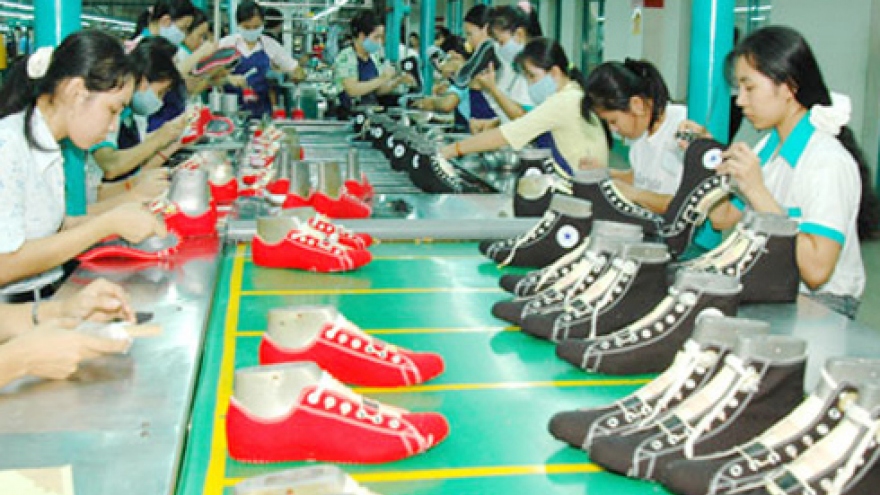Vietnam’s footwear sector readies for TPP
Vietnam is considered the country to reap the most benefit in apparel, footwear, agro-forestry and seafood exports from the Trans-Pacific Partnership (TPP) agreement, said the Vietnam Leather and Footwear Association (Lefaso).
The country’s footwear – handbag sector exported a total value of over US$14.9 million in 2015, the highest recorded so far, of which the US was the biggest market at US$5.1 billion. The sector targets to earn about US$17 billion from export activities in 2016.
Nguyen Duc Thuan, Chairman of Lefaso said the biggest challenges for local enterprises are capital and production capacity, so most of them are not yet confident in joining the TPP.
 |
Meanwhile, most domestic shoe makers are dependent on imported materials, mostly from China. He noted that raw materials account for 68% to 75% of the product’s cost, but the proportion of materials sourced domestically is only 40% to 45%.
Deputy Chairman of Lefaso Diep Thanh Kiep said enterprises have to spend about US$300 million annually on artificial leather and over US$1 billion per year importing tanned leather.
Notably, foreign-invested enterprises within the industry are the mainstay of Vietnam’s footwear exports, earning US$9.55 billion and enjoyed a growth of 20% compared to 2014. Those enterprises are eagerly expanding production in anticipation of the TPP.
According to Lefaso, the Republic of Korea’s Chang Shin company in the southern province of Dong Nai, which has produced shoes for Nike’s brand since 1995, had an initial capital of US$11 million, but it is expected to add US$160 million to expand production. The company aims to increase its production tenfold, or to about 27 million pairs of shoes a year.
Lefaso affirmed that the sector’s workers are capable of competing with workers from other TPP countries, but the association hopes the government will introduce timely mechanisms and policies to create conditions for enterprises to benefit from the trade deal.
Tran Du Lich, an economic expert, suggested the government should have long term strategies such as investing in footwear-handbag manufacturing clusters, providing human resource training and creating preferential treatment on tariffs, in order to boost the sector.



